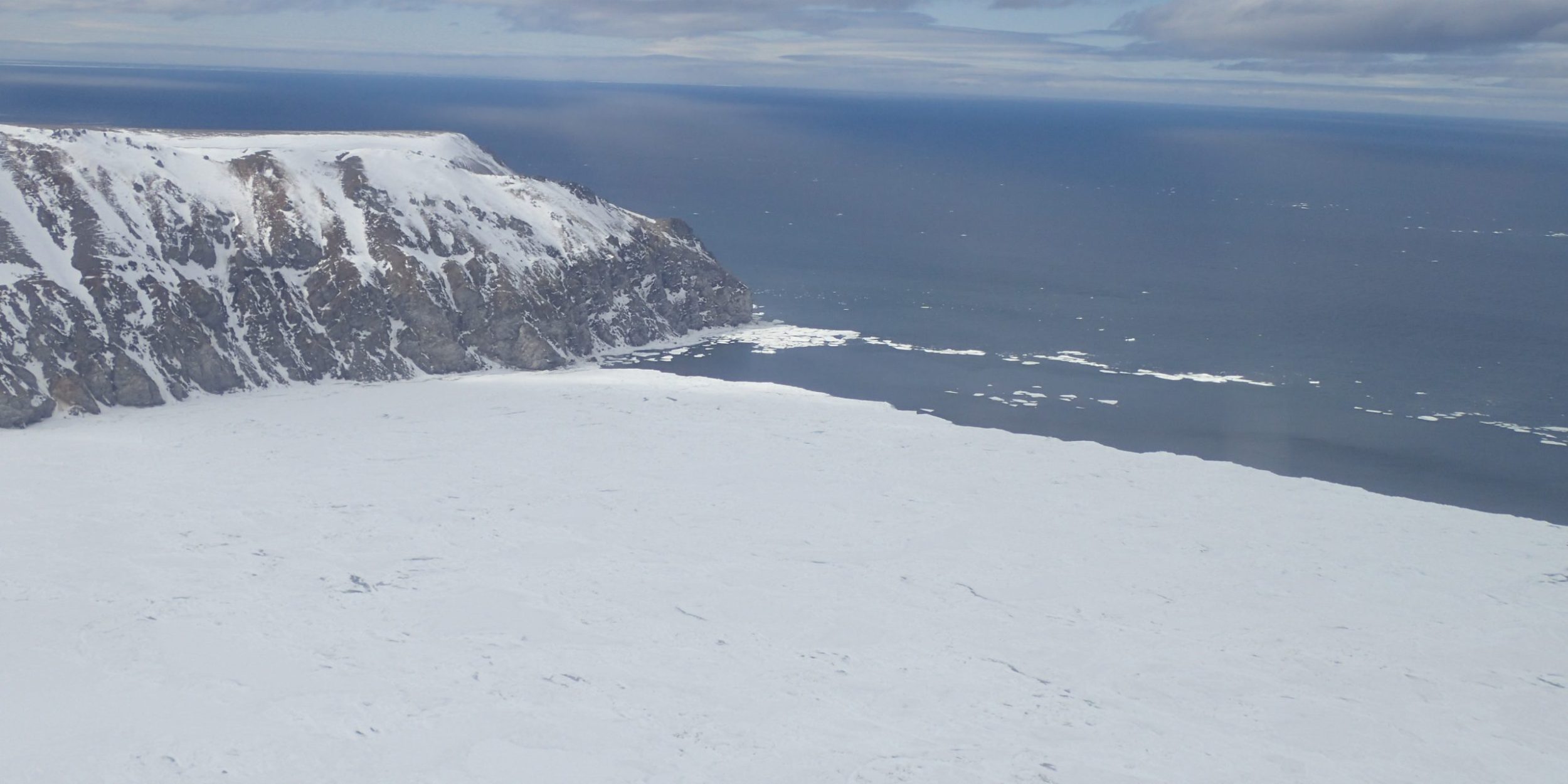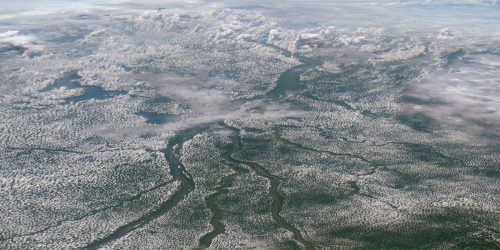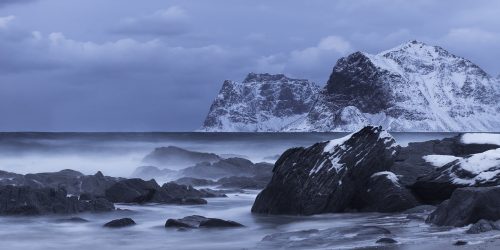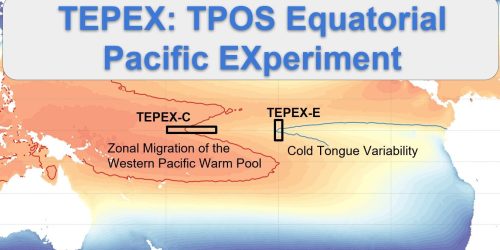New research co-authored by CPO Alaska RISA’s Rick Thoman developed a database of weather, water, ice, and climate information providers in Polar Regions to characterize the ‘provider-scape’ of these services and identify any obstacles to salient service delivery. Environmental conditions in Polar Regions are becoming more dynamic due to climate change and as sea ice melts, the range of human activities in Polar Regions are projected to increase, while weather conditions are becoming more extreme and unpredictable. How these drivers are affecting weather, water, ice, and climate services provision in the Polar Regions, while information needs of communities and economic sectors in these regions is growing with rapid environmental changes, is not well understood. However, provision and use of weather, water, ice and climate information plays a key role in ensuring that polar activities are conducted as safely as possible and can contribute to a reduction of the environmental footprint of human activities. To address this knowledge gap, the study explores the weather, water, ice, and climate information provider landscape in a polar context, drawing on a database the authors compiled to characterize the diversity of providers. The database is built on available literature and on extensive desk-based research of weather, water, ice, and climate information provider websites.
The authors analyzed the 374 providers categorized by:
- institutional background (public vs private),
- the position of the provider relative to activities in the weather, water, ice, and climate information space, and
- the users they serve.
While governmental institutions have a strong presence in information provision, new types of providers are now entering the scene. Scientists seem to play a substantial role as users as well as major providers of weather, water, ice, and climate information services. The authors note that with an increase in activities in the Polar Regions, attention should be paid to the delivery of weather, water, ice, and climate information to those who need it.










